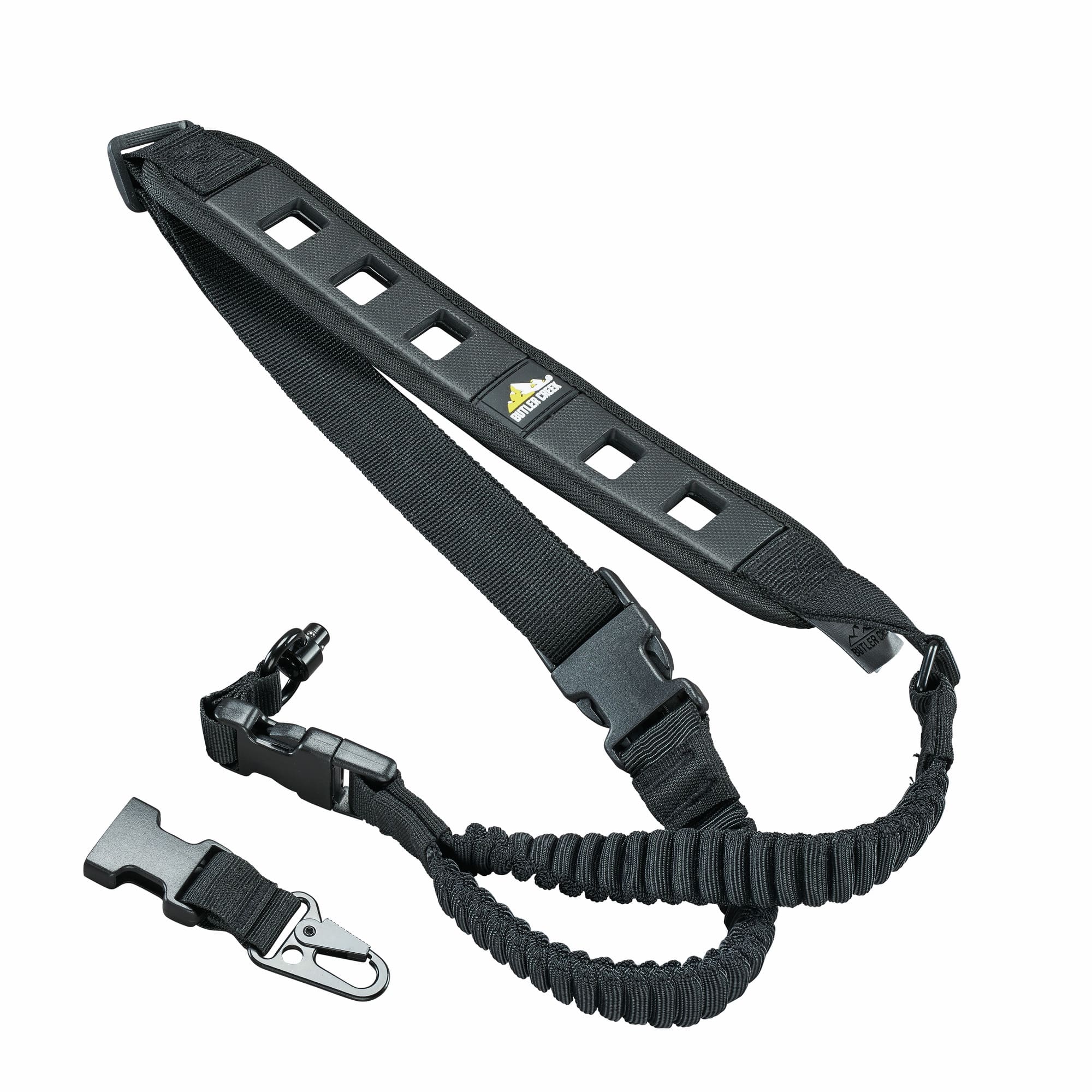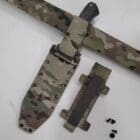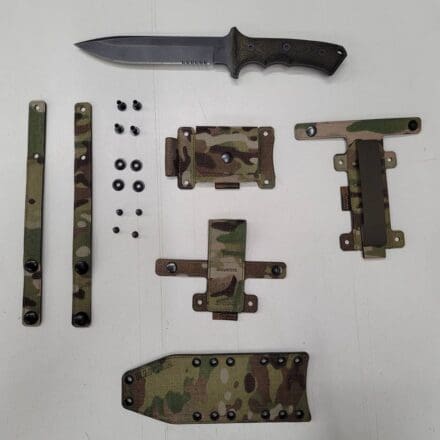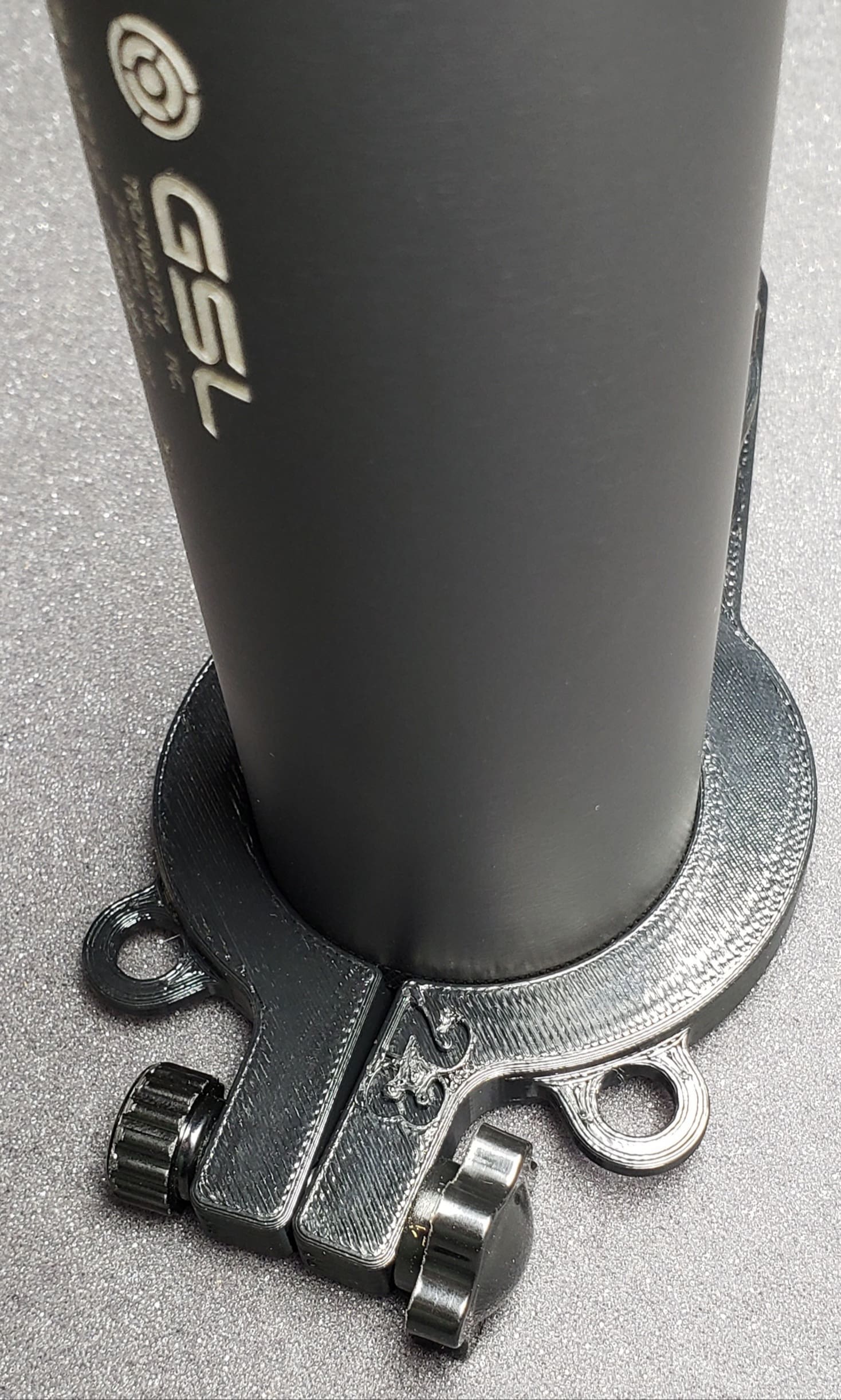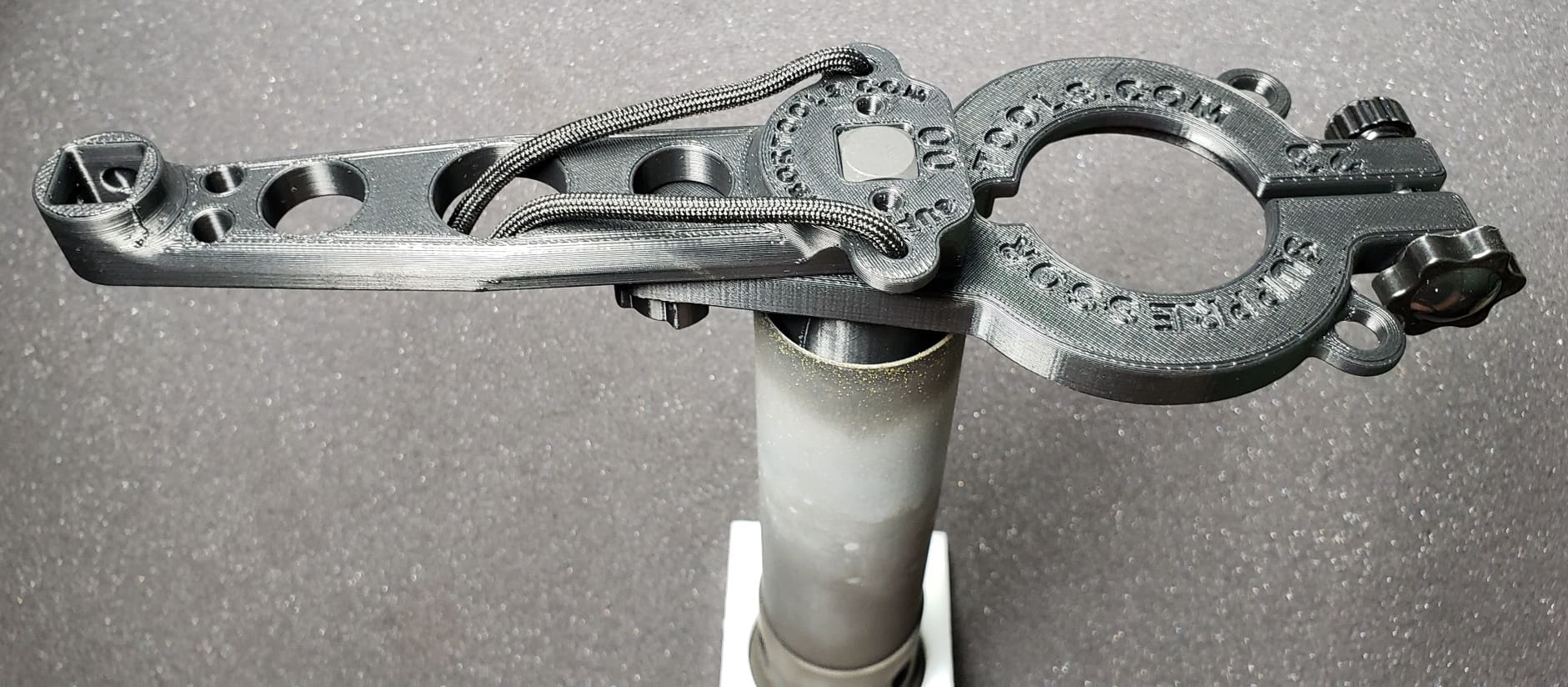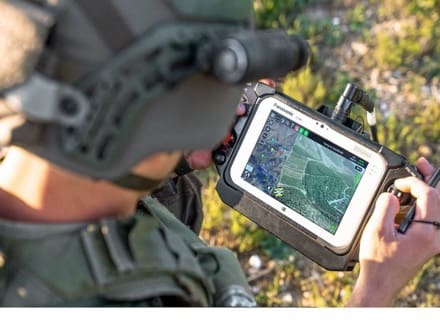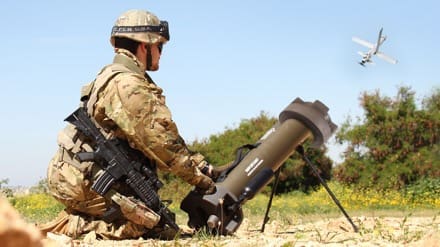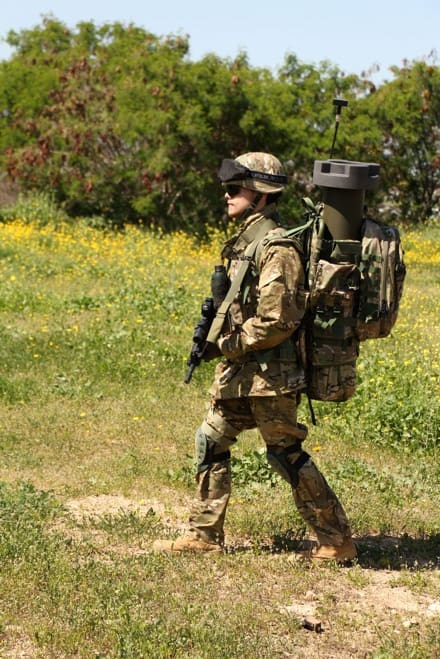GENTEX PILOT PROTECTIVE CLOTHING SET II (PP-II) TO BE USED AS COMPLETE CBRN DEFENSE SYSTEM.
CARBONDALE, PA February 9, 2021 – Gentex Corporation, a global leader in personal protection and situational awareness solutions for defense forces, emergency responders, and industrial personnel, announced today that it has signed a contract with the Republic of Korea for the Gentex Pilot Protective
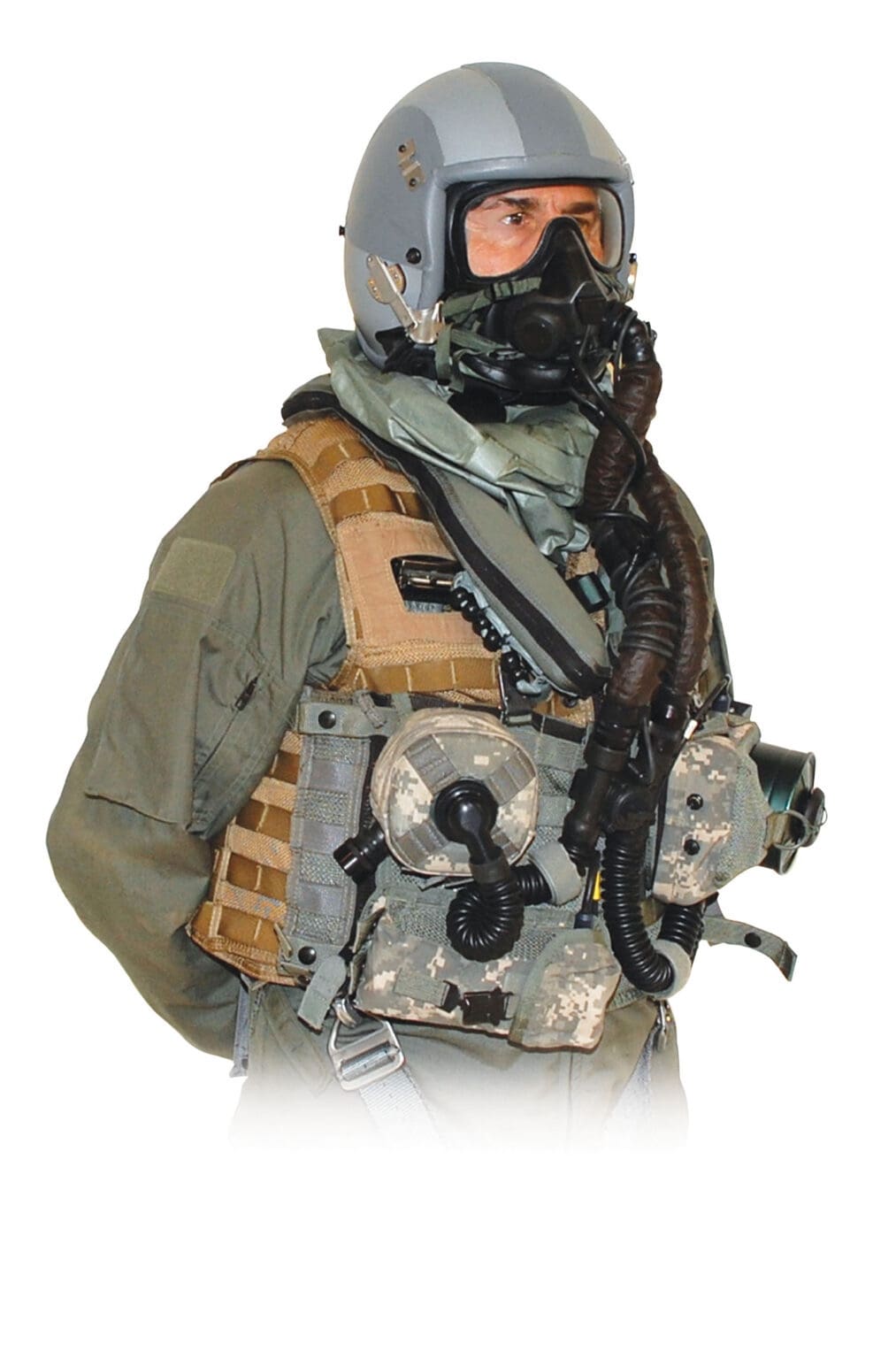
Clothing Set II (PP-II) to be used as a Chemical Biological Radiological and Nuclear (CBRN) defense system. The PP-II includes complete head to toe CBRN protection including CBRN suit, gloves, socks, and the Tacair respirator for F-15 and F-16 pilots.
The $20.6M production contract of the TACAIR product line provides the Republic of Korean Air Force with a system that seamlessly integrates mission essential equipment such as the Gentex oxygen mask, optical and communications devices. The contract also includes extensive training on product operations and maintenance, as well as testing and storage for up to 10 years shelf life. The Gentex TACAIR Hood Assembly incorporates the MBU-20/P oxygen mask technology for positive pressure breathing (PPB) protection for both altitude and high G levels. The comfortable lightweight system is completely man-mounted and requires no aircraft modifications or power.
“For over 60 years, Gentex has been the leader in aircrew protection solutions,” said Robert McCay, vice president at Gentex, “This contract brings our industry-leading protection to the Republic of Korea, and we are proud to continue to protect global defense forces.”
Gentex’s portfolio of air products includes helmets, optical protection, respiratory, and situational awareness solutions. For more information visit, www.gentexcorp.com/gentex/defense/air.


